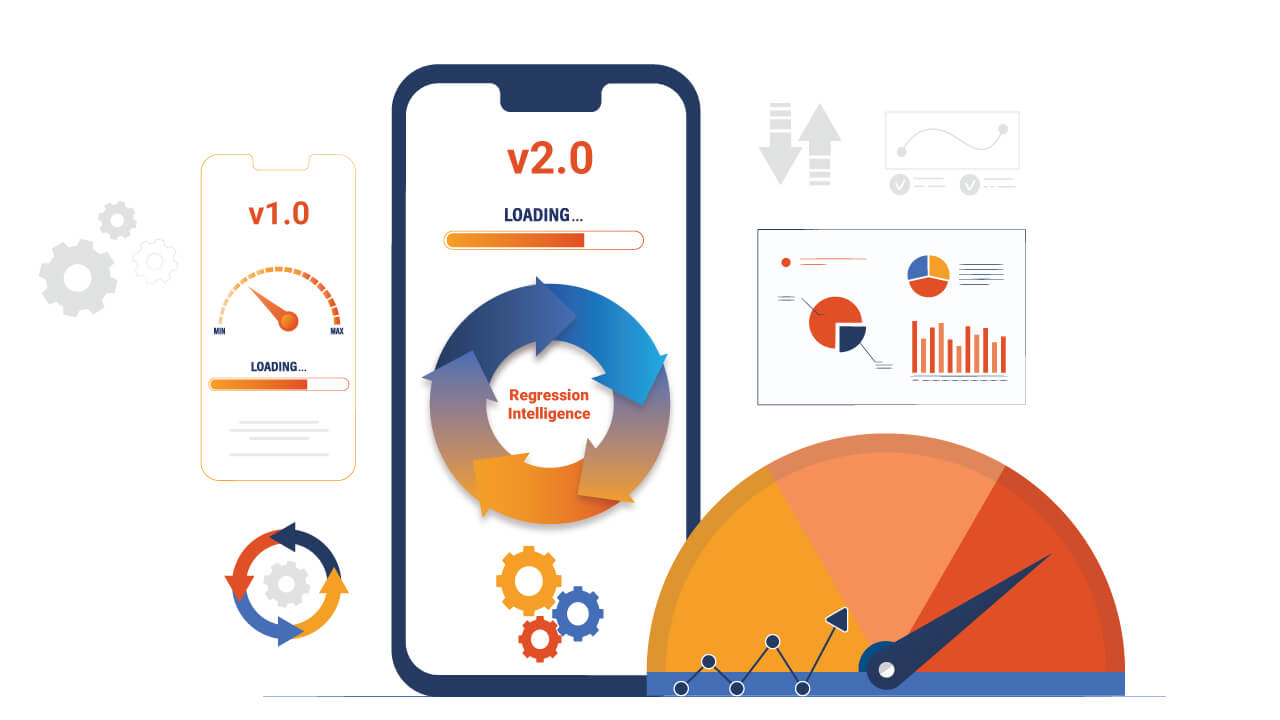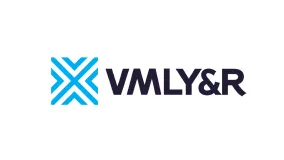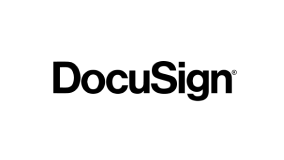Continuous Integration (CI) and Continuous Delivery (CD) methodologies have significantly evolved over the past decade, paving the way for more streamlined, efficient, and effective software development practices. Commonly referred to as CI/CD, these interconnected methodologies form the blueprint of contemporary software development. Today, CI/CD are the two most popular methods of DevOps development. They enable developers to collaborate on projects more efficiently and deliver better-quality software faster. Businesses strive to establish and refine their CI/CD pipelines regardless of size. The aim is not just to continually update their software but also to stay agile and responsive to the dynamic market trends and demands. By embracing CI/CD, organizations can foster a culture of rapid innovation, resulting in accelerated time to market, improved product quality, and an edge over the competition. However, as DevOps teams look to streamline their processes and increase the speed of software development, several enterprises struggle to master this approach. As mentioned in a post by Forbes, 'Solving CI/CD's Delivery Problem, ' only 4% of enterprises believe themselves to be experts in CI/CD, while 11% consider their existing CI/CD infrastructure reliable.
Understanding what CI/CD is
Continuous Integration and Continuous Delivery are rapidly becoming a cornerstone of successful DevOps projects. This process enables teams to automate their workflow from code development to deployment, reducing the time required to deliver new features, bug fixes, and other software updates. With CI/CD tools, teams can easily integrate changes into their codebase, test them, and deploy them quickly. CI/CD also helps teams ensure their applications are always up-to-date with the latest features and bug fixes. This is especially important for organizations whose customers or users rely on products that require frequent updates or changes – such as software applications. By using CI/CD tools, developers can regularly update their applications without manually managing every change individually.
Also read: How Does Continuous Testing Accelerate DevOps?
Benefits of using CI/CD tools
Implementing CI/CD tools in DevOps project not only streamlines processes and increases productivity but also fundamentally enhances operational dynamics. They foster collaboration, accelerate release times, and assure high-quality output. Let's explore why CI/CD is important.
- Improved automation for quicker workflows: Automation is at the core of what these tools provide, streamlining the software release process and reducing manual effort. This leads to faster deployments, fewer errors due to human involvement, improved quality control, and more efficient deployment across multiple environments.
- Enhanced accuracy: CI/CD tools in DevOps operate within a highly controlled environment, conducting numerous tasks concurrently. The high degree of automation these tools provide reduces the chances of errors from manual processes. In essence, these tools dramatically decrease error rates by eliminating the inconsistencies that arise from individual variations, thus ensuring the delivery of a stable and reliable product.
- Boosted collaboration: The visibility provided by CI/CD tools in DevOps also makes it easier for developers and teams to collaborate on their projects while maintaining quality standards. Additionally, these powerful applications enable teams to detect bugs or performance issues in the early stages of development so that they can be addressed before they become problems in production environments.
- Improved cost-effectiveness: Utilizing CI/CD tools in DevOps drastically reduces costs associated with manual processes like testing and debugging applications by eliminating time-consuming tasks humans would have had to perform manually. Automation ensures that each task is performed accurately and consistently across all environments, helping reduce human error while increasing efficiency and reliability.
- Seamless integration with third-party platforms: With CI/CD, users can easily integrate third-party services into their workflow without having to write custom code or configure complex systems manually. This makes it simpler for teams to deploy applications quickly while taking advantage of existing services such as logging frameworks or cloud provider APIs.
- Improved real-time monitoring: CI/CD tools in DevOps are equipped with capabilities for real-time system monitoring, offering a clear, up-to-the-minute snapshot of the system's status. This continuous visibility allows teams to promptly detect any anomalies or issues in the system, enabling immediate action and swift rectification. As a result, these tools expedite issue resolution and ensure the overall health and robustness of the system.
Choosing the right CI/CD tool for your DevOps project
Choosing the right CI/CD tool for your DevOps project is essential to ensure success. There are a few key points to consider when selecting the best tool for your project.
- First, evaluate what features and capabilities you require from a CI/CD tool and which of those features are most important. Different tools offer different levels of automation, integration with third-party services, cost optimization, performance detection, bug detection, collaboration tools, and more. Prioritizing these needs will help you narrow down the tools that could work for your project.
- Second, it is important to consider each tool's total cost of ownership. This includes not only the initial cost but also any additional costs associated with using a particular tool over another. It's also crucial to factor vendor support and documentation availability into this calculation because ease of use is crucial to realize an ROI on your CI/CD investment.
- Third, make sure all stakeholders are on board with the chosen tool before beginning implementation. This means that everyone involved should be aware of how the chosen tool meets their individual goals and expectations as it relates to their role in the DevOps process. Additionally, stakeholders need to understand how they can contribute throughout implementation and beyond in order for there to be a true collaboration between them and their teams during development cycles.
By taking these factors into consideration when selecting a CI/CD solution for your DevOps project, you can ensure that you select one that best meets your requirements while optimizing cost efficiency and ensuring collaborative success among all stakeholders involved throughout the process.
Read: How QA Automation Can Be Leveraged to Add Cost Advantage
Common characteristics of CI/CD tools
CI/CD tools make the development process from code commit to deployment faster and more efficient. They integrate features that facilitate both Continuous Integration (CI) and Continuous Delivery (CD), which enable teams to produce higher-quality output in a shorter time frame. Automated builds and tests are essential components of CI/CD tools in DevOps. These enable developers to quickly detect any issues or bugs in their code before they reach production environments, as well as check that all commits pass through a series of tests.
Continuous delivery pipelines provide an end-to-end view of the development process, which helps teams identify bottlenecks so they can reduce cycle times and improve performance. A dashboard is necessary for managing projects, giving everyone involved in the project clear visibility into what needs to be done next while providing an overview of tasks, milestones, deadlines, and others. Integrations with other DevOps tools help teams get more out of their toolchain than using multiple separate applications for each task.
By leveraging these features together, CI/CD tools in DevOps can help streamline DevOps processes while increasing visibility into project progress and improving collaboration between stakeholders - all leading to better software delivered faster without compromising quality.
Also read: Top 10 Ways to Accelerate the Software Testing Cycle
A closer look at the top 10 CI/CD tools
When it comes to DevOps projects, CI/CD tools are an essential part of the equation. These services automate processes and simplify collaboration between stakeholders, helping reduce costs in the long run. Let us delve into the tools and their key features.
1. Jenkins: An open-source stalwart in the CI/CD space, Jenkins is renowned for its extensibility and versatility, thanks to a robust plugin ecosystem. A popular choice for developers, Jenkins can fit into nearly any CI/CD toolchain.
- Offers an extensive plugin ecosystem with over 1500 plugins, extending the functionality of Jenkins for a variety of tasks
- Free and open-source, making it preferable for startups and large-scale organizations
- Backed by a vibrant community that regularly contributes updates and innovations
- Seamlessly integrates with popular cloud platforms such as AWS, Azure, Google Cloud, Digital Ocean, and more
- Supports a myriad of software versions and platforms and can be configured as per project needs
- Allows distribution of tasks across multiple machines for faster builds, tests, and deployments
2. Azure DevOps: Microsoft's Azure DevOps is a comprehensive platform providing a range of developer services that cater to all stages of the software lifecycle.
- Includes Azure Boards, Azure Pipelines, Azure Repos, Azure Test Plans, and Azure Artifacts.
- Integrates well with existing systems and services, including other Microsoft products.
- Offers features like Version Control Systems, Code Repository Management, Build Automation, and integration with Visual Studio Team Service
- Integrates easily with the code of different programming languages and application types
- Allows efficient scaling of resources as per requirements
- Leverages Microsoft's security model, offering high levels of data protection
3. GitHub Actions: A relative newcomer, GitHub Actions allows developers to create custom software development lifecycle workflows directly within their GitHub repositories.
- Enables users to create CI/CD pipelines without leaving the GitHub interface.
- Enables users to build, test, and deploy their code right from GitHub, making workflows highly customizable.
- Allows to perform multi-container testing by adding support for Docker
- Provides 2000 free build minutes/month for all your private repositories
- Works with any platform that runs Node.js, Python, Java, Ruby, PHP, Go, Rust, .NET, and more
4. GitLab: Integrated within the GitLab ecosystem, GitLab CI/CD eliminates the need for connections with external repositories and offers highly efficient workflows.
- Offers developer APIs – leveraging which third-party developers can create a deeper integration into their products
- Allows parallel execution of code to reduce build times significantly.
- Easy to start with owing to the web app's intuitive design
- Supports a wide array of languages and frameworks with no plugin requirements
- Allows easy migration from a tool like Jenkins or CircleCI to GitLab CI
5. CircleCI: As a cloud-first CI/CD tool, CircleCI offers easy setup and smooth integration with GitHub and Bitbucket, ensuring efficient build, test, and deploy processes.
- Easy setup and configuration via a simple YAML file
- Offers CI/CD pipelines as 'Workflows'
- Seamlessly integrates with GitHub and Bitbucket
- Allows simultaneous execution of tests for quick results
- Helps run tests in parallel across different executors
- Supports most of the popular programming languages out of the box
- Helps automate repetitive processes and accelerate the integration with third-party tools with CircleCI Orbs, which are reusable snippets of code
6. Travis CI
- Travis CI helps automate testing and deployment processes. It's highly integrated with GitHub, making it popular among open-source projects.
- Supports multiple languages, easy to set up with a .travis.yml file, and offers a matrix of build environments.
- Best for projects that require seamless integration with GitHub and a straightforward, easy-to-configure CI/CD process.
7. Bamboo
- Bamboo is Atlassian's CI/CD tool that integrates deeply with other products like JIRA and Bitbucket, providing a cohesive experience for users already in the Atlassian ecosystem.
- Real-time visibility into builds, deployment projects, and environments. It supports various languages and frameworks.
- Best for teams already using Atlassian products looking for deep integration and a robust CI/CD tool.
8. TeamCity
- Developed by JetBrains, TeamCity is known for its powerful build management and continuous integration features. It supports many languages and frameworks.
- Comprehensive version control system support, build history, and detailed real-time reporting of build progress and server health.
- Best for organizations requiring a customizable and scalable CI/CD solution with extensive build management features.
9. Spinnaker
- Spinnaker is an open-source, multi-cloud continuous delivery platform best for releasing high-velocity software changes.
- Supports multiple cloud providers, integrates with various CI tools, and offers advanced deployment strategies.
- Best for teams looking for a CD platform that excels in managing complex deployments across different cloud environments.
10. Concourse
- Concourse is an open-source CI/CD tool focusing on pipelines, offering a unique approach to automation and integration.
- Treats pipelines as first-class citizens, offering a clear visualization and easy configuration via YAML files.
- Best for teams valuing simplicity, configuration as code, and a strong emphasis on pipeline-based workflows.
Choosing the Right CI/CD Tool
When selecting a CI/CD tool, consider these factors:
- Compatibility: Ensure the tool supports your tech stack and integrates smoothly with your existing tools and workflows.
- Ease of Integration and Setup: Look for tools that offer straightforward setup processes and easy integration with your repositories, testing suites, and deployment platforms.
- Scalability: Choose a tool that scales with your project, handling increased workloads without performance degradation.
- Community Support and Documentation: A strong community and comprehensive documentation can significantly ease the tool's adoption and troubleshooting.
- Cost: Consider the tool's pricing structure and ensure it aligns with your budget, especially as your needs evolve.
- Security and Compliance: Ensure the tool meets your security requirements and complies with relevant industry standards.
Your choice should enhance your team's efficiency, align with your development practices, and support your automation and continuous delivery goals.
Check: How to Use Jenkins with the HeadSpin Platform
How does HeadSpin seamlessly integrate with your CI/CD pipeline?
One of the key considerations when selecting a CI/CD tool is how seamlessly it can integrate with your existing processes. HeadSpin stands out in this regard, offering smooth and straightforward integration with your CI/CD pipeline.
HeadSpin's data science driven advanced testing platform is designed to fit right into your existing ecosystem without disrupting your workflows. It supports a wide range of integration options, including popular CI/CD tools like Jenkins, GitLab, and CircleCI. This way, you can use HeadSpin's advanced performance monitoring and testing capabilities right from your CI/CD tool.
Additionally, with its API-driven approach, HeadSpin enables you to automate your workflows and extend your DevOps capabilities. Its comprehensive REST API allows you to programmatically manage your tests, data, and insights, giving you the flexibility and control you need over your pipeline.
HeadSpin's mission is to make testing and performance monitoring a seamless part of your development process, and its integration capabilities reflect this. With HeadSpin, enterprises get robust support that enhances the existing CI/CD processes rather than complicating them.
Wrapping up
When selecting a CI/CD tool, it is essential to consider various factors such as features desired by the team, total cost of ownership, scalability, integration options, user experience, level of support, and ease of setup. Therefore, it is essential to conduct extensive research to ensure the best fit for your requirements.
FAQs
Q1. How secure are CI/CD tools?
Ans: CI/CD tools are designed with security in mind, offering features like user authentication, role-based access control, and secure storage for sensitive data. However, as with any tool, it's essential to follow best practices around security, such as regularly updating your tools and monitoring for any unusual activity.
Q2. How are Continuous Integration, Continuous Delivery, and Continuous Deployment different from each other?
Ans: Continuous Integration is a development practice that involves developers frequently merging their code changes into a central repository, where automated builds and tests are run. Continuous Delivery extends this concept by ensuring that the codebase is always in a deployable state. Continuous Deployment goes one step further by automatically deploying every change that passes the automated tests.
























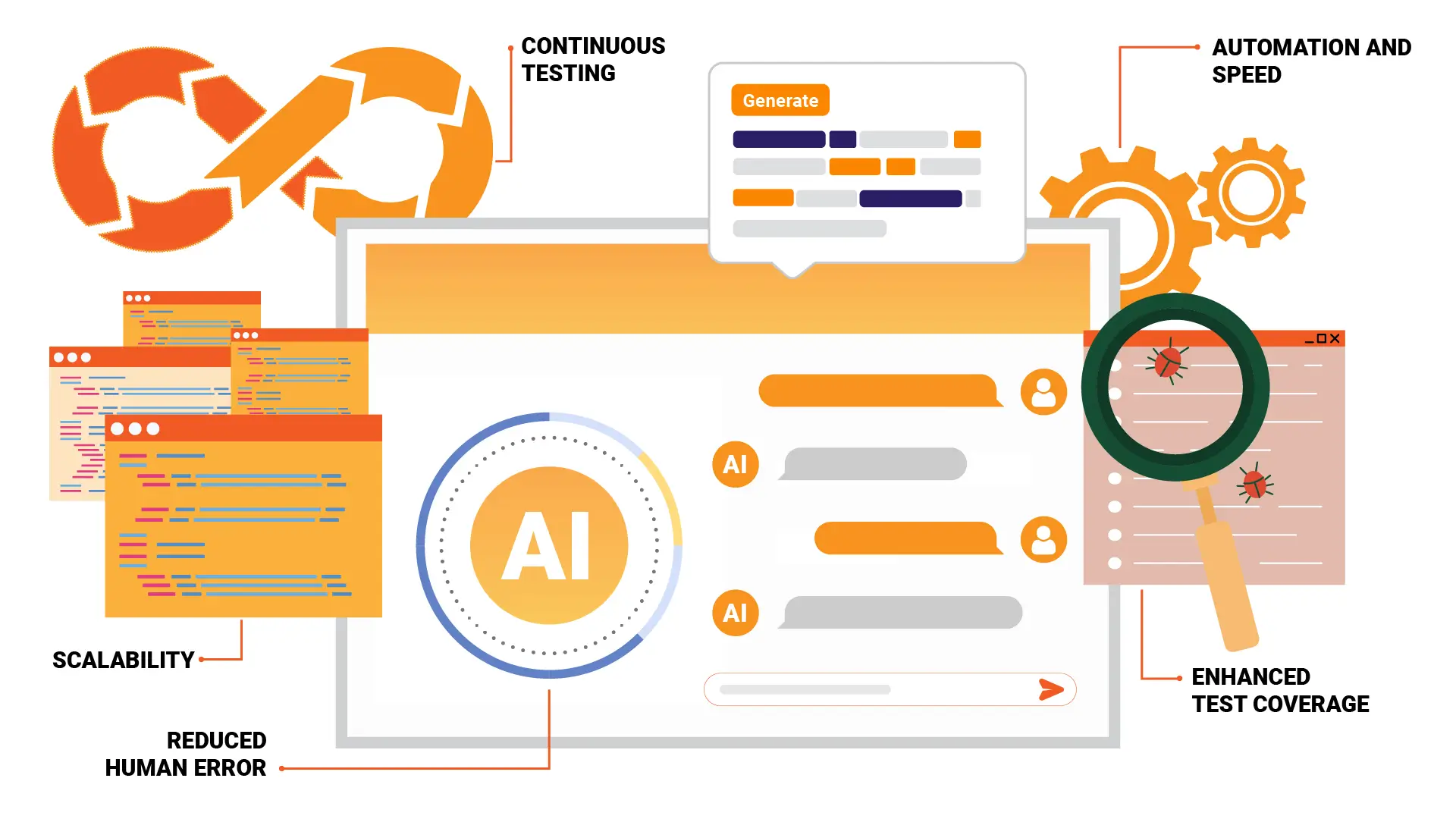

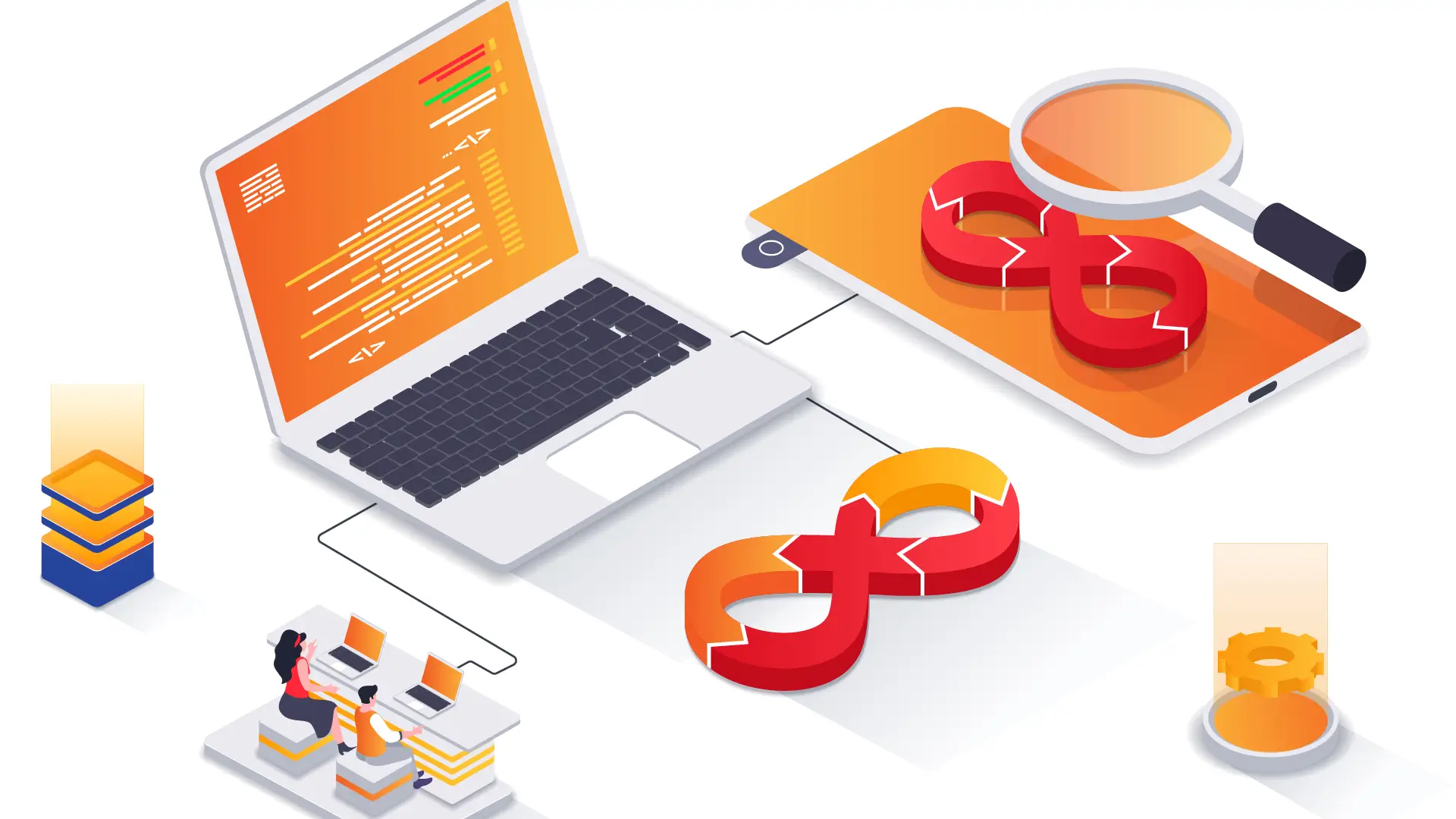
-1280X720-Final-2.jpg)

